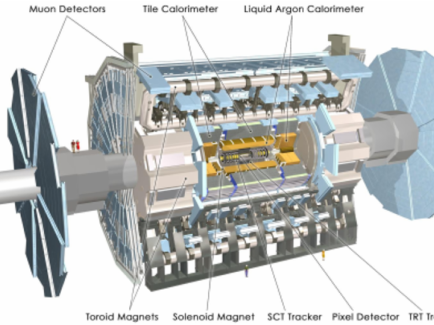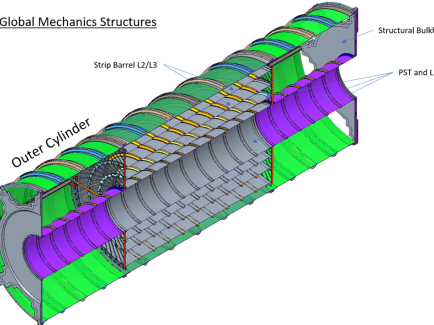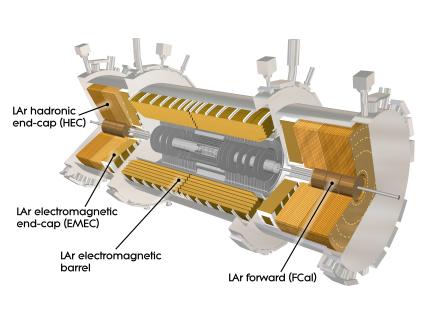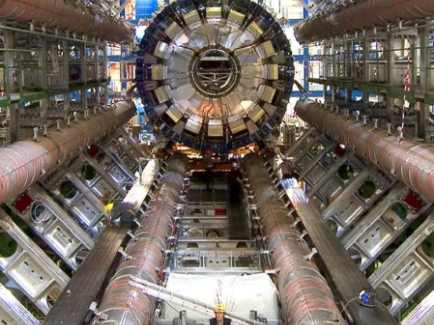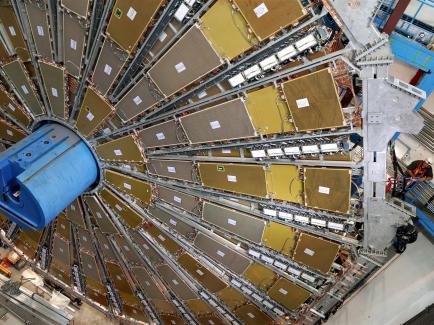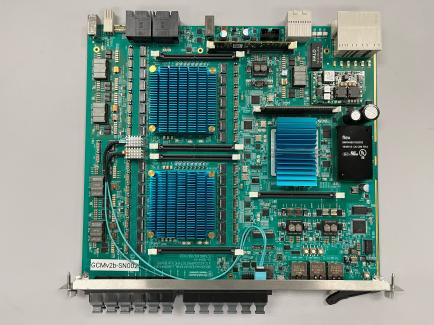The High-Luminosity Large Hadron Collider (HL-LHC) project aims to crank up the performance of the LHC in order to increase the potential for discoveries after 2027. The objective is to increase luminosity by a factor of 10 beyond the LHC’s design value.
Luminosity is an important indicator of the performance of an accelerator: it is proportional to the number of collisions that occur in a given amount of time. The higher the luminosity, the more data the experiments can gather to allow them to observe rare processes.
The High-Luminosity LHC, which should be operational from the end of 2027, will allow physicists to study of known mechanisms in greater detail, such as the Higgs boson, and observe rare new phenomena that might reveal themselves. For example, the High-Luminosity LHC will produce at least 15 million Higgs bosons per year, compared to around three million from the LHC in 2017.
Description
Files
Files
Content
Leadership

